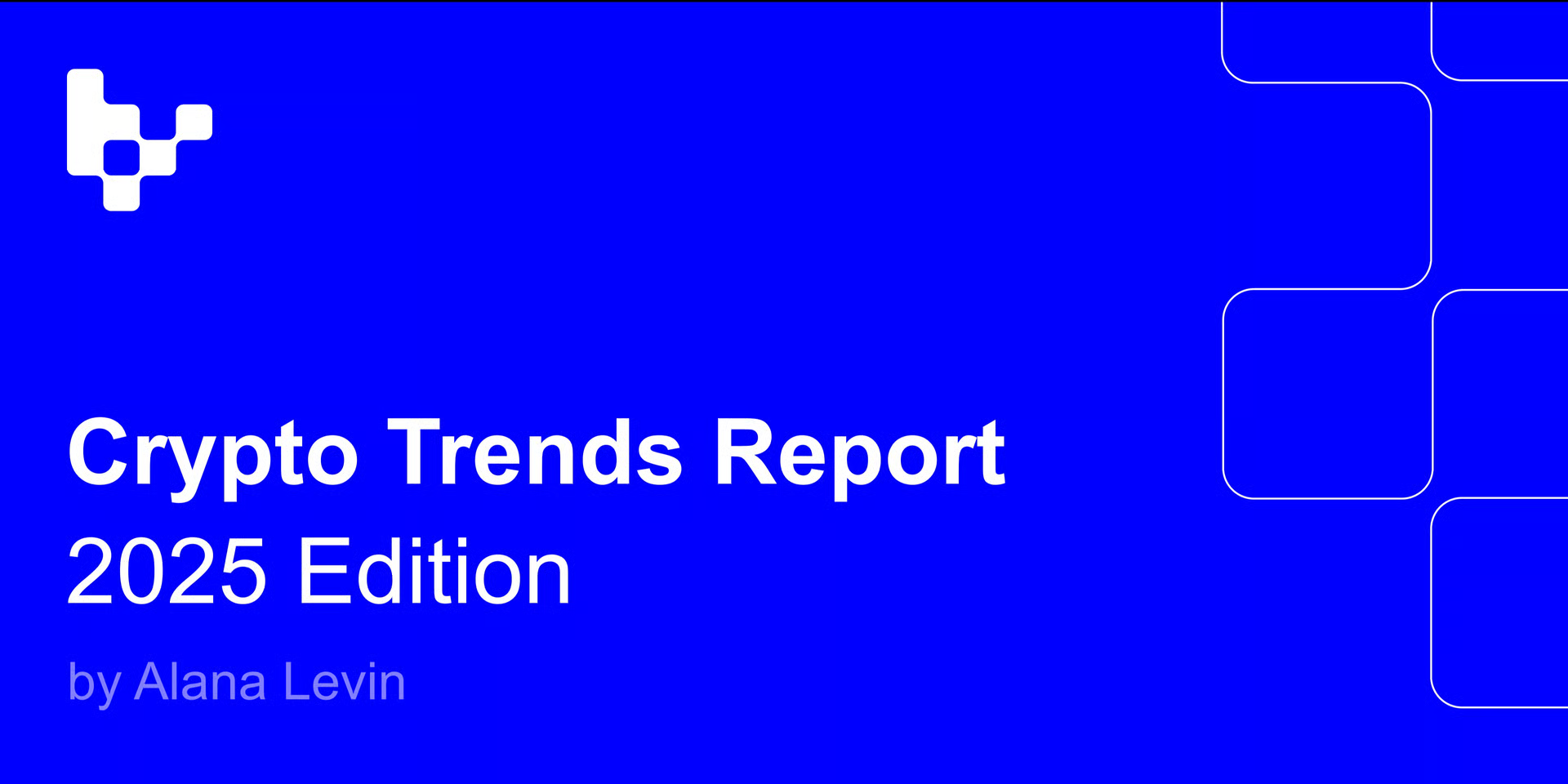Author: Daniel Li, CoinVoice
The Celestia fire sparked widespread discussion about modular blockchains. In fact, modular blockchain has always been an important part of the application chain narrative and is not a new thing. Among the many underlying architectures of application chains, Cosmos is undoubtedly the most eye-catching. It provides strong support and a rich ecosystem for the development of application chains through a unique modular public chain framework. With the interoperability protocol and security mechanism of Cosmos, different application chains can communicate and interact with each other, realizing the flow of cross-chain data and value.
The modular design concept of Cosmos also makes the development of application chains simpler and more scalable, providing a broad space for innovative applications in various industries. Recently, various popular modular projects and innovative cases have emerged in the Cosmos ecosystem, further proving the huge potential of the Cosmos modular design concept in promoting the commercial application of blockchain technology. As more and more public chains begin to focus on modular development, as one of the first public chains to adopt modular development, Cosmos will undoubtedly become a potential winner of this trend.
Modularity: “Smart Contract Client” for the Web3 World
The concept and practice of modularity was not introduced by blockchain technology, but is a concept that has long existed in the fields of software engineering and system design. The origins of modularity can be traced back to the early days of computer science. Early computer programs were often written in a linear fashion, and code and functionality were often coupled together, making code reuse and maintenance difficult. To solve this problem, software engineers began to adopt a modular approach, dividing the code into modules or functions, with each module responsible for a specific function. This modular approach makes the code more readable, easier to maintain, and easier to reuse.
With the development of computer science, the concept of modularity has gradually been applied to various fields and technologies. In 2019, when Mustafa Albasan wrote the white paper of "Lazy Ledger", he detailed a new architecture in which the blockchain is only used to sort and ensure the availability of transaction data, but is not responsible for the execution and verification of transactions. The purpose of this architecture is to solve the scalability issues of existing blockchain systems. At that time, he called this a "smart contract client". Later, with the emergence of Rollup, this idea became more deterministic, and this structure was also redefined as a modular blockchain .

Celestia is the first modular public chain in the true sense, but the technology of modular public chain did not appear until Celestia. Celestia itself is built on the Cosmos SDK and uses Tendermint as its consensus engine, so in terms of modularity, Cosmos The development of Cosmos is actually earlier. Cosmos has been committed to building a complete application ecological chain system through modularization. Last year, the Cosmos Ecological Development Interchain Foundation publicly released the development goals of the Interchain stack in 2024. One of the most important goals is Yes: Increase modularity through generalized software to more easily adapt to specific use cases. The CometBFT V1 Alpha version just launched by Cosmos last month aims to further reduce width consumption and enhance modularity. It can be seen that modularization has always been the core strategy of Cosmos.
Unlike a single-layer blockchain, the original vision of Cosmos was to build a decentralized platform for transactions, storage and protection of value, encouraging cooperation, innovation and competition. Therefore, Cosmos has chosen to be built using a modular software stack – the Cosmos SDK – and a network of interconnected blockchains. This allows hubs and regions of the Cosmos ecosystem to launch modular blockchains with custom execution environments while leveraging IBC for cross-chain communication. This vision of modularity and autonomous growth rapidly increased the number of zones. As of now, 52 of the 56 regions are active.
As more and more projects are deployed on public chains, it becomes increasingly difficult to realize all application scenarios through a traditional single public chain. When developers use public chains as the underlying technology, they may need multiple public chains designed for different application scenarios, and modular public chains make it easy to build multi-functional blockchain applications. The modular design also rescues the blockchain from the impossible triangle (decentralization, scalability, security), allowing different modules to be responsible for different goals and completing the goals by combining modules instead of requiring one module Complete all objectives. When there are more and more modular public chains that are composable and scalable, blockchain projects and applications with various advantages will grow exponentially and be widely used in our daily lives. By then, as the underlying Only a well-structured public chain network can truly support the future Web3 world.
Cosmos modular ecological project inventory
Blockchain technology has developed rapidly over the past few years and has brought revolutionary changes to many industries. However, with the rise of decentralized applications (dApps), we also realize that the shared bandwidth system of traditional blockchains may limit their growth. To solve this problem, Cosmos came into being. Cosmos' modular architecture design provides convenience to developers. Through the Cosmos SDK, IBC and Tendermint engines, developers can quickly build modular specific application chains. In addition to Celestia mentioned earlier, public chains built based on Cosmos modular tools also include the following hot projects worthy of attention.
Dymension
Dymension is a modular blockchain network using Cosmos and Celestia technologies designed to ensure the security and interoperability of RollApp through the use of IBC standards. Dymension adopts a modular design to divide blockchain functions into multiple layers and provide security, interoperability and liquidity through Dymension Hub. Developers can use Dymension Hub to deploy RollApps and interact with other RollApps and IBC-enabled chains.

Dymension's architecture includes execution layer, settlement layer, consensus layer and data layer. The execution layer consists of RollApps and is responsible for processing transactions and status calculations. The settlement layer and consensus layer are Dymension Hub, which is a proof-of-stake chain based on the Cosmos SDK that utilizes Tendermint Core's state replication model for networking and consensus. Dymension Hub provides security, interoperability and liquidity for RollApps. The data layer is a data availability provider supported by the Dymension protocol. Developers can choose a suitable data availability provider according to their needs.
Currently, Dymension has launched the incentivized test network Froopyland, allowing developers to deploy IBC RollApp without permission. In the highly competitive blockchain industry, modular blockchain is gaining more and more attention and status. Dymension is an important part of this trend. Similar to projects such as Fuel and Celestia, Dymension has made important contributions to the development of the blockchain ecosystem through its modular design and innovative solutions.
DYM is Dymension’s native token with a total supply of 1 billion. On January 1, Dymension announced the launch of the Genesis Drop event and will airdrop 70 million DYM to Celestia, Ethereum, Cosmos and Solana ecological users. Users can complete the claim before 20:00 on January 21, 2024, Beijing time.
Osmosis
Osmosis is an independent Layer1 application chain built on the Cosmos SDK. It is also the first DEX application chain in the Cosmos ecosystem to integrate IBC cross-chain communication. Osmosis operates similarly to other AMM DEXs, with liquidity providers depositing liquidity into liquidity pools and traders interacting directly with these pools. By leveraging the interoperability provided by the Cosmos ecosystem, Osmosis aims to enable seamless cross-chain liquidity and enable users to access a wide range of financial products and services.
As a decentralized AMM running on the Cosmos network, one of the main goals of Osmosis is to expand the overall utility of the AMM, not just facilitate token swaps. Osmosis is more than just an AMM DEX, it also provides tools that allow developers to build their own custom AMMs using liquidity pools. Additionally, Osmosis intends to enable the community to build and customize their own liquidity pools. This is to promote innovation and experimentation in the DeFi space and provide support for the creation of specialized liquidity pools that meet specific needs and use cases.

Osmosis’s first major innovation is the hyperliquid staking module, which allows the underlying OSMO tokens in the liquidity pool to be simultaneously liquidity provided and staked to ensure the security of Osmosis. Osmosis also added more features in the latest Fluorine upgrade, such as stablecoin trading automated market maker (stableswap AMM), IBC rate limiting and multi-hop routing. IBC rate limiting is a response to cross-chain bridge hacks that caps the amount of token supply that can enter and leave Osmosis within a defined time window.
OSMO is the native token of Osmosis and plays a vital role in the Osmosis ecosystem. It incentivizes users to participate in governance, stake tokens and provide liquidity. It is also the main trading currency on the platform. The maximum supply of OSMO is 1 billion, and the current price is $1.80. In the past, the increase in SOL attracted a large amount of traffic, but people often ignore the fact that some Cosmos application chain tokens such as INJ and TIA have increased better than SOL. . As the ecosystem of Osmosis becomes increasingly complete, OSMO is expected to soon gain value from the growing Cosmos ecosystem and experience an explosion.
Neutron
Neutron is a permissionless universal consumer chain that provides a secure and versatile platform for Cosmos Hub. Its goal is to promote the development of the Cosmos ecosystem and provide developers and users with rich DeFi applications and innovative use cases. Neutron is designed to bring greater flexibility and choice to users by remaining isolated from the Cosmos Hub while providing comprehensive smart contract functionality.
 As a permissionless platform, Neutron allows developers to deploy various types of smart contracts on it without the need for whitelist verification through governance voting. This provides developers with a faster, more flexible development environment and encourages them to try new, experimental features and innovations. By using CosmWasm contracts, developers can take advantage of powerful features and tools to create smart contracts and decentralized applications.
As a permissionless platform, Neutron allows developers to deploy various types of smart contracts on it without the need for whitelist verification through governance voting. This provides developers with a faster, more flexible development environment and encourages them to try new, experimental features and innovations. By using CosmWasm contracts, developers can take advantage of powerful features and tools to create smart contracts and decentralized applications.
The emergence of Neutron brings a wealth of DeFi applications and use cases to Cosmos Hub users. For example, the Lido project chose to issue their ATOM liquid staking derivatives on Neutron, which provides users with more choices and opportunities to participate in liquidity mining and revenue optimization. In addition, other cooperation projects such as Astroport, Squid, Croncats, Skip Protocol, etc. have also brought more innovative functions and use cases to Neutron, such as cross-chain capabilities, asset management solutions, etc.
As Neutron's native token, NTRN plays an important role in cross-chain communication and the security of dApps. It not only has value in the investment field, but can also be used for various purposes such as paying cross-chain transaction fees, staking, and participating in network governance. This provides investors and users with a way to capture value. The current price of NTRN is $1.37. Considering that Neutron has approximately US$380 million in MC and US$1.3 billion in FDV, the NTRN price is obviously undervalued.
Injective
Injective is an application-specific blockchain built using the Cosmos SDK. It aims to become an interoperable decentralized trading infrastructure layer. Unlike decentralized exchanges (DEX) that run on Ethereum, Binance Smart Chain, or other Layer-1, the Injective protocol provides trading services on its own execution layer and allows third parties to build trading platforms without permission. . All trading platforms built on Injective share the same order book to maximize capital utilization. The underlying Tendermint Core grants fast block times and instant finality, enabling the protocol to handle large transaction demands simultaneously and maintain on-chain security.

The goal of the Injective protocol is to introduce liquidity on other chains through a cross-chain mechanism. This chain allows traders to communicate with other IBC-enabled chains through IBC, and to achieve interoperability with the Ethereum mainnet through the Injective cross-chain bridge. This connectivity enables the platform to accumulate liquidity through seamless two-way communication and support cross-chain trading of tokens from different ecosystems. At present, the chain has successfully implemented cross-chain transmission with Terra, Cosmos Hub and the Ethereum network, and plans to achieve compatibility with the Ethereum Virtual Machine (EVM) this year.
The INJ token is Injective Protocol's native and ecological governance token and plays an important role in protocol and ecosystem governance, derivatives collateral, protocol security, market maker and relay incentives, and transaction fee value capture. In addition, INJ tokens have a unique mechanism of burning auctions that help accumulate value for the entire Injective ecosystem. In 2023, the price of INJ tokens rose from $1.27 at the beginning of the year to a maximum of $45.52, an increase of 3484%. The current price of INJ is $37.20, and its market value ranking is 31st.














